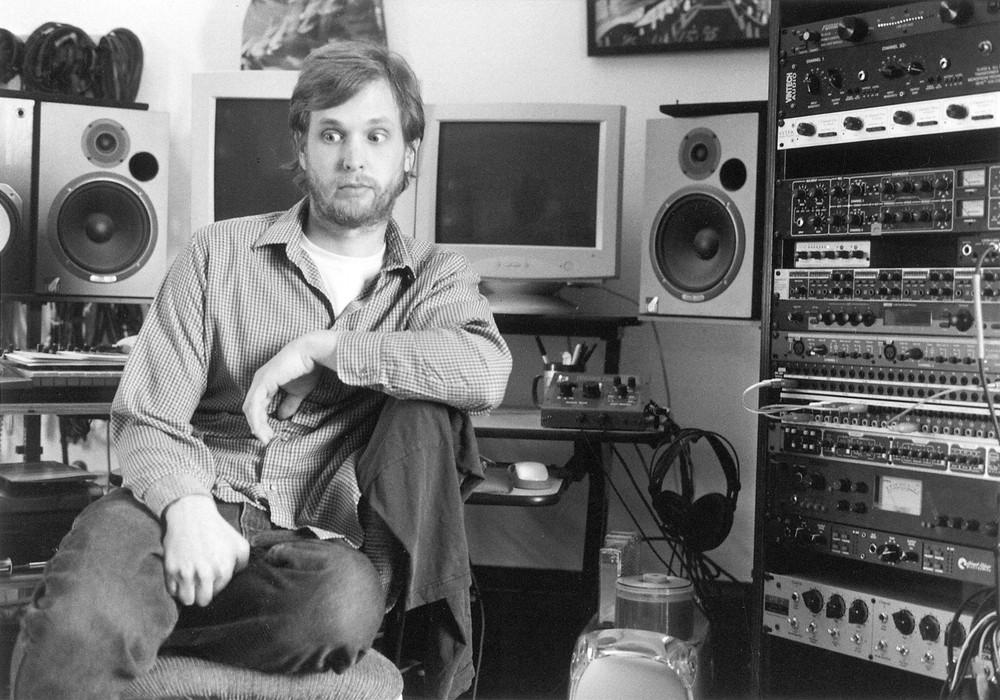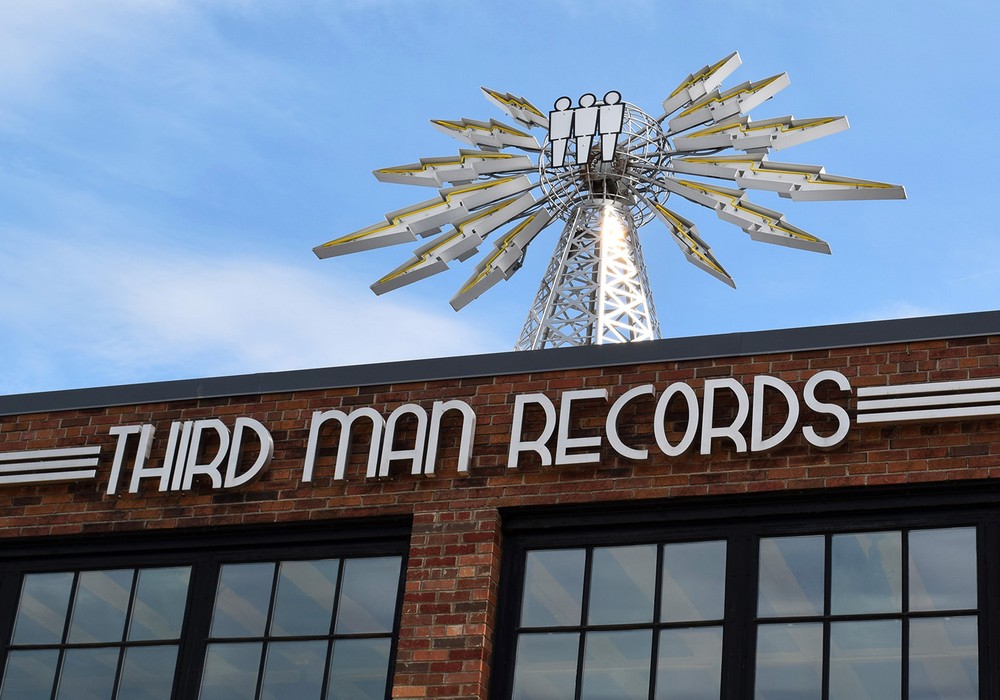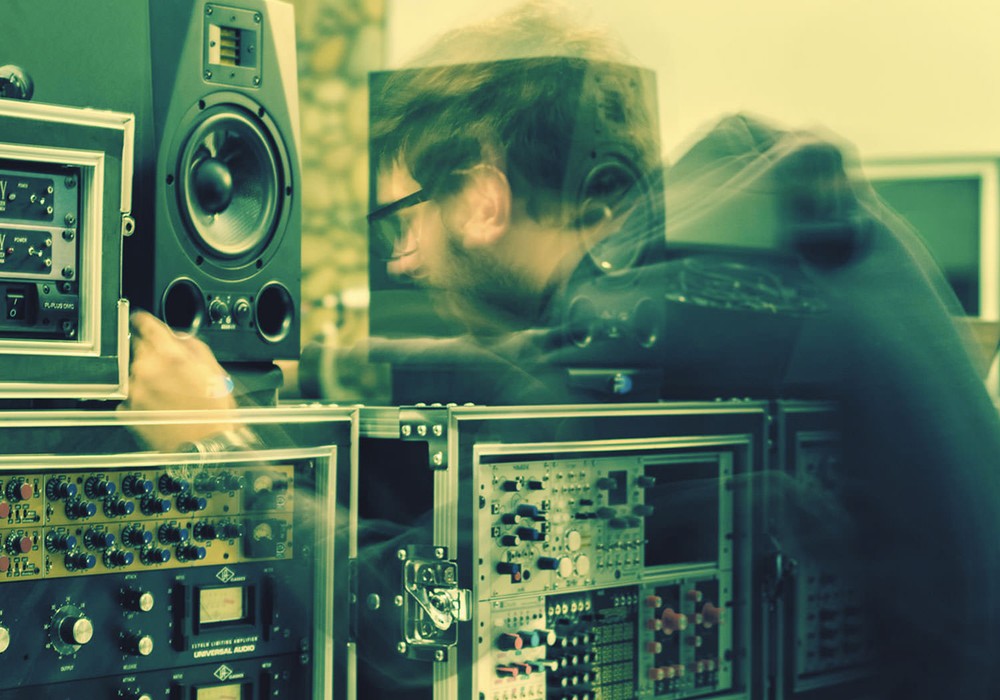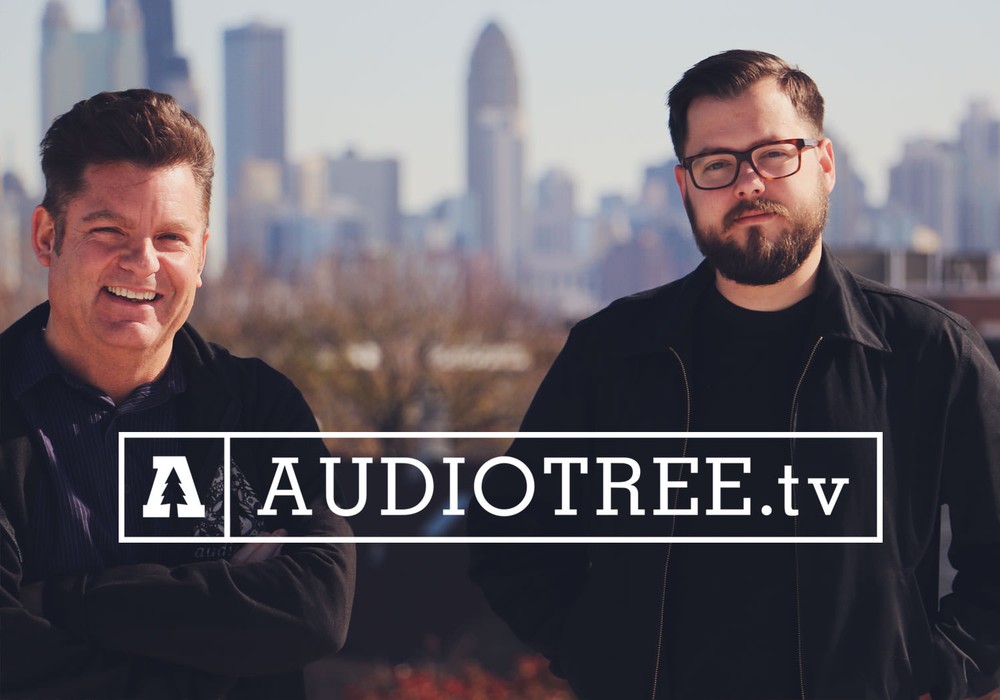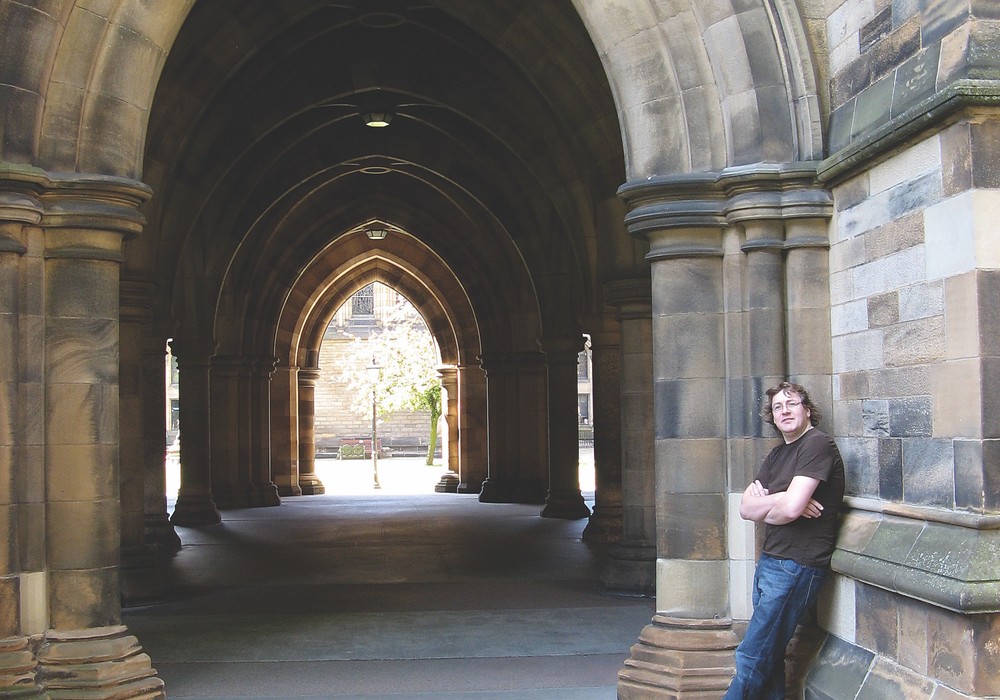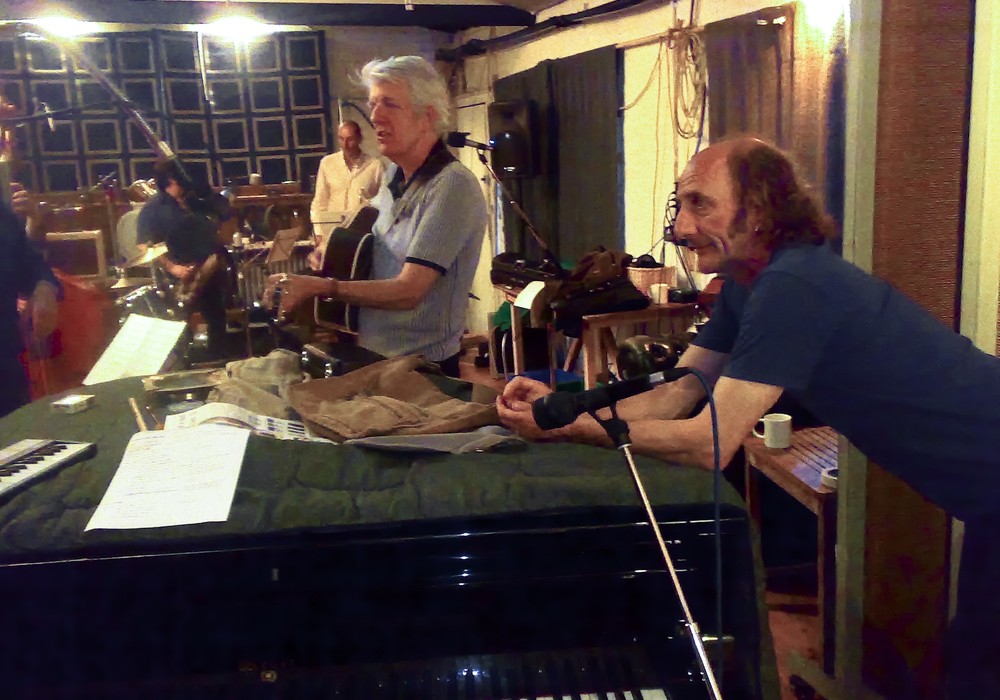In a way isn't this all an imperfect science, in that, no matter how good recording gets it will never match the original?
We're getting reasonably close. Some of the film boys are doing some very realistic audio ' still digital, still limited — but they've learned some neat ways to make it sound good. I'm not talking about the bangs or the car chases, but there is music that is sometimes very nice to listen to, though still limited by the quite low-grade system they're using. One of the things that concerns me is Surround Sound: if you can't resolve anything above 10 kHz spatially with 44.1, then how are you going to resolve anything meaningful with six channels? The answer is that you can't. You can do dynamic panning, position the sound to come from here or there, all you're doing is, in effect, moving the sweet spot around (you're taking the differential sound level between two speakers, but it will not differentiate phase ' it just isn't there). You can change the level and move the image but not the ambient. That's all the difference between a stereo recording with a cross-pair in the studio, even for a soloist there's moving. It's quite different if you don't have the sweet spot. The position stays there, whereas with mono that is panned, you've got the same signal and then the only 'sound forward' is when you're in the sweet spot ' you get the actual rendition of the music. But with stereo you've always got sufficient non-coherent material, which paints an overall picture. Of course, if you've got more than a single voice or instrument, you've got a panorama. There was one studio that asked me to listen to a "wonderful recording" that they had made last week, and I asked if they'd ever thought of recording in stereo. They said, 'It is stereo.' I said, 'It's panned mono, you've panned the image to three different places. That's not stereo. Try doing it in stereo, at least have some of the material in stereo and you'll find the whole thing comes to life.' If you're going to remain in business as a recording studio in the day of Surround Sound, you've got to accept the fact that it won't be long before people become more perceptive and they will want the experience Surround Sound can give them. It's not just a question of aircraft moving across, car chases, bombs going off, or big, impressive stuff ' it goes back to the original stereo ping-pong set where the salesman had to prove that the ping and the pong were coming from two different speakers. One salesman said, 'If we're going to ask someone to buy two speakers we've got to show him it's got two speakers.' That was as naïve as it could get, but the experience is what I think is important. I don't care whether you're sitting in your home recreating a little club on Sixth Street or a big concert hall, you're recreating an experience which is, technically, possible. At least for a recording engineer who's got their act together. If you have almost any reasonable Surround Sound system you can actually reproduce that stuff very convincingly. But if you don't record in a genuine spatial mode it will sink into the oblivion that other systems have gone into.
Like Quadraphonic. I've been hearing stories of people who have been mixing these old recordings for Surround Sound 5.1. How do they do that if it wasn't recorded that way in the first place?
But you see, if you've got a stereo track, you've got your coherent signal and you've got all your other stuff. If your microphones are very directional you've got less than if you've got omnis, but you do have a huge amount of atmosphere there. Now if you cancel out these two, put them into opposite phase ' you can do this with an MS circuit where you can null-out the sum and leave the difference. Now you can amplify the difference. The difference is the non-coherent sound, the reverberation of the room, studio, and other stuff going on which is not a pair of identical signals. Add that and you've got the panorama. Now you can reuse that panorama, reposition it as needed. From two tracks that have been well-recorded in stereo you can actually recreate 5.1. If you have access to an MS a/b converter, just try that. The MS matrix will null-out the coherent signal leaving you the incoherent signal, and if you have access to that side-chain, give it some more gain through the console, bring it back to a pair of channels and add it in. You can turn a small concert hall into a big concert hall. That's just one of the many tricks you can try. If you really want to get down that track, go and see Billy Stuhl at Masterpiece Mastering. He's a mastering engineer who uses techniques of that sort ' he's shown it to us just recently. He'll get a tape of something to master and it sounds awful. So he's got to do things with it. He can take you all the way from front seat, where the orchestra is right there in your face with very little reverberation, or he can put you right at the back of the hall or somewhere in between. Now that, that's mastering. He can take something which has been recorded in very different surroundings and make it sound as if was done in the finest hall in the country. At nulling and summing and differentiating he's a master. We have some very powerful possibilities. The main thing is to start with a good signal.
Interviews | No. 26
Malcolm Toft: The Trident Legacy
by Bob Marshall, Walt Szalva
In terms of recognition, Malcolm Toft's name is not as familiar within the pro audio world as, say, Rupert Neve's. However, there is a rich history involving the man who is the co-designer of the...
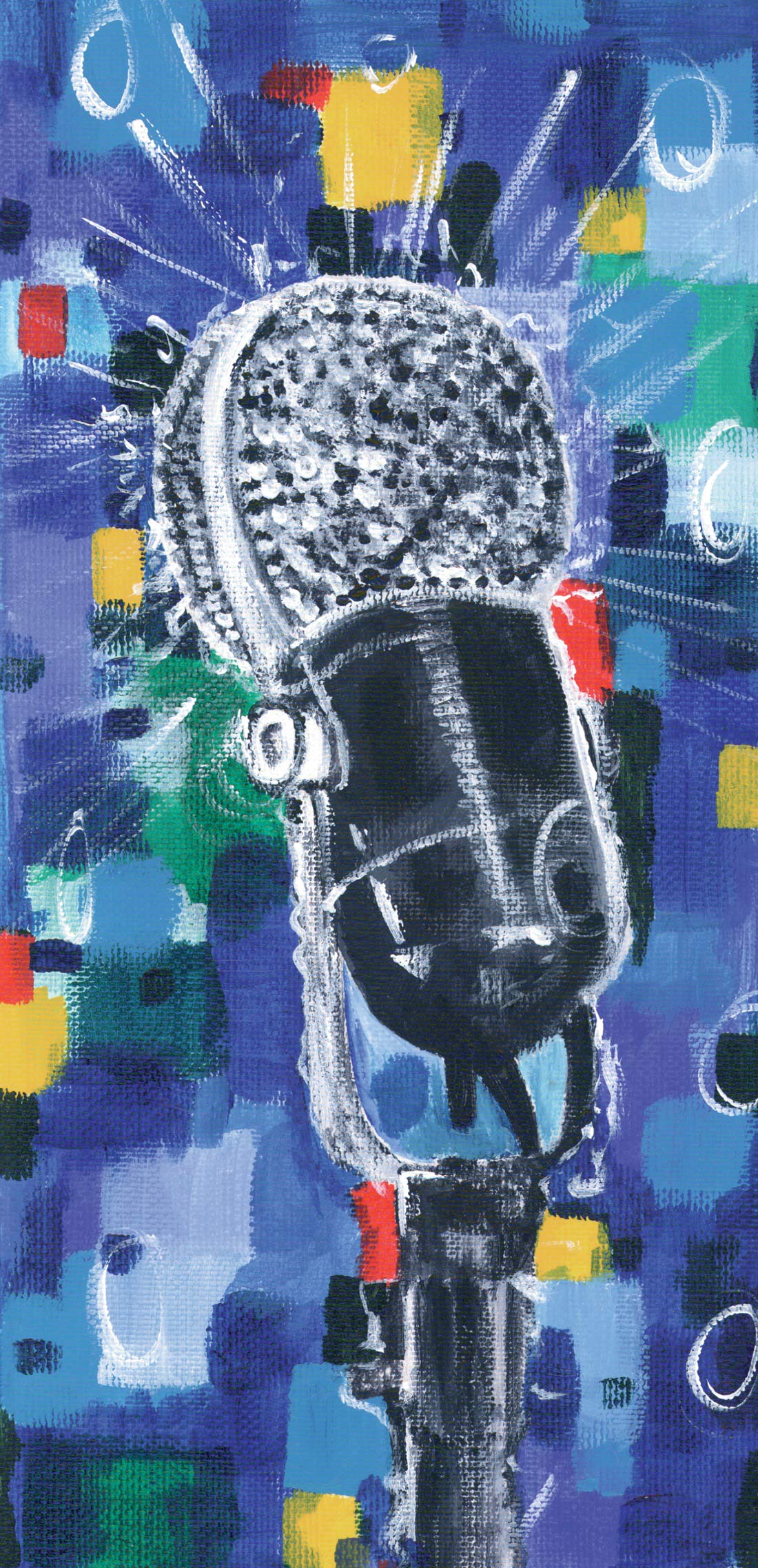

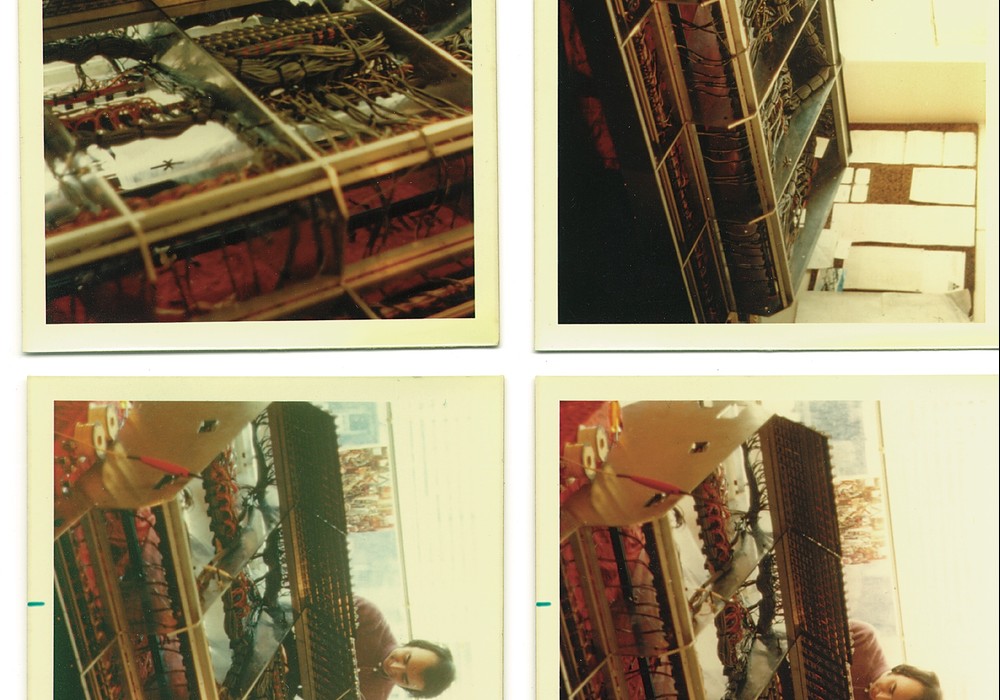
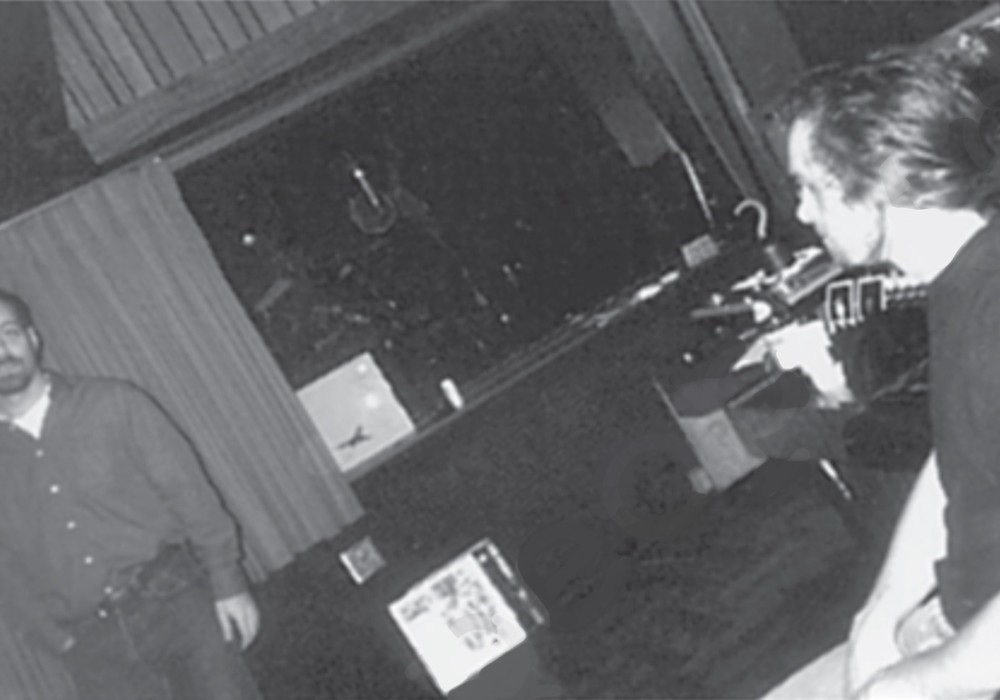
_display_horizontal.jpg)
